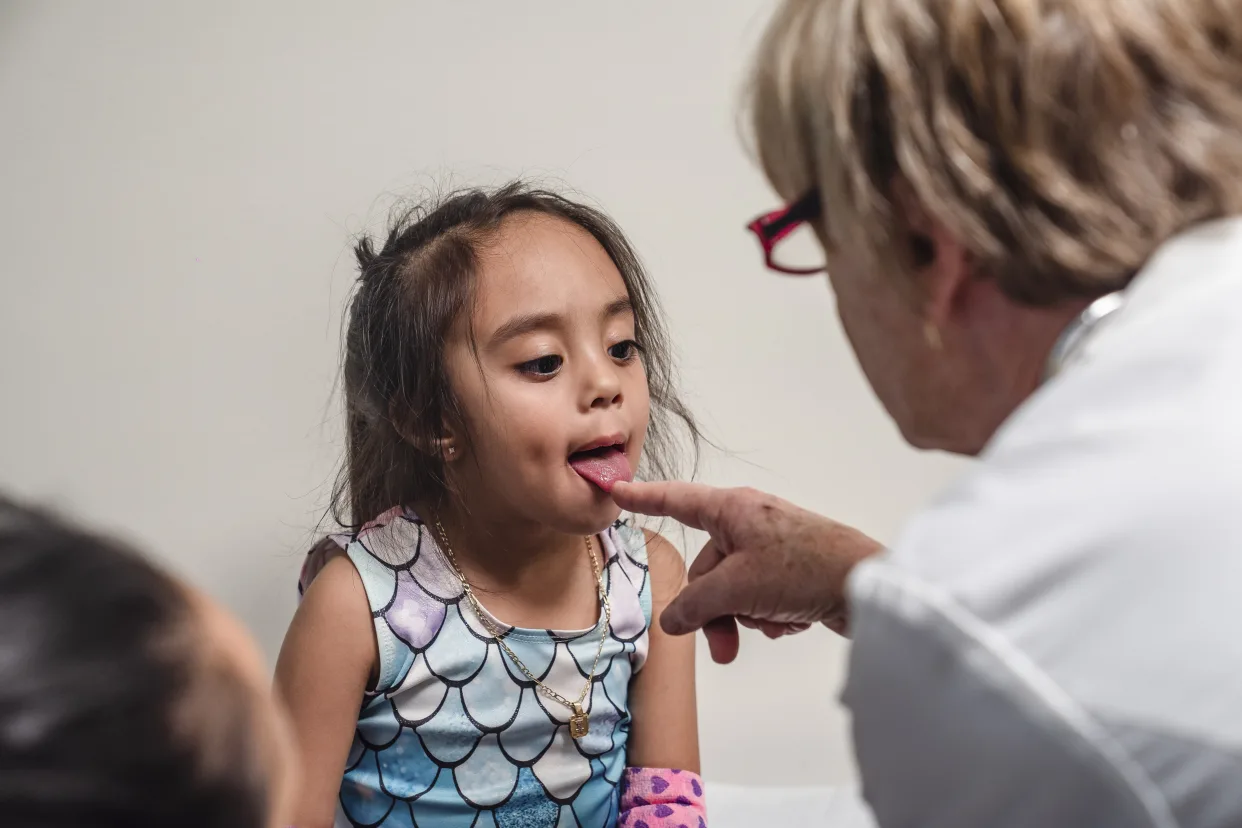Doctors across the United States are seeing a rise in Kawasaki disease, a mysterious condition that primarily affects children under 5. The illness is the most common cause of acquired heart disease in children worldwide but it is often unrecognized or misdiagnosed.
Kawasaki disease is rare, but cases are climbing in the United States. Here are the important things to know about Kawasaki disease.
What causes it?
Sign up for The Morning newsletter from the New York Times
No one knows. Kawasaki disease, also known as KD, is one of the leading pediatric mysteries. Some scientists believe it results from an environmental exposure or that it occurs after a bacterial or viral infection. Certain genes appear to make some children more susceptible to it.
Whatever the cause, there was a lull in cases in the United States during the pandemic, suggesting that masking and social distancing measures might have helped protect children from exposure. Now, cases are climbing, hinting that many children are being exposed to the disease’s mysterious cause for the first time.
What to look for
Kawasaki disease is marked by a high fever that lasts more than five days, a swollen lymph node on the neck and everything red: swollen red hands and feet, red “strawberry tongue,” red cracked lips and other red rashes. Often, patients eventually experience skin peeling on the hands and feet. One of the betraying signs of Kawasaki disease is very bloodshot eyes.
There is no test to diagnose Kawasaki disease, and doctors must rule out an array of diseases that have similar symptoms, including tick-borne diseases, juvenile rheumatoid arthritis, scarlet fever, Stevens-Johnson syndrome, toxic shock syndrome and even measles. The condition also looks much like multisystem inflammatory syndrome in children, or MIS-C, which can occur in the wake of a COVID infection.
Some children who visit the emergency room and test positive for viral illnesses like RSV or the flu — but also meet the criteria for Kawasaki disease — eventually undergo an echocardiogram that shows enlargement of their coronary arteries. For this reason, it is important not to dismiss Kawasaki disease even when another respiratory diagnosis is confirmed.
The risks
Without treatment, the acute phase of Kawasaki disease can last for weeks and then resolve on its own. But the condition can cause swelling of blood vessels, including the arteries that send blood to the heart, as well as damage to the heart muscle and valves, even long after the acute symptoms subside.
Undetected, inflamed heart arteries can develop aneurysms, or bulges in artery walls, which can in turn lead to a risk of blood clots and heart attacks.
About 25% of Kawasaki disease patients who do not get treatment for the condition will develop aneurysms of the coronary arteries, which could lead to heart attacks and death even years later.
Your child has KD. What’s next?
The good news is that, as long as Kawasaki disease is detected and treated within a few days, outcomes tend to be positive. Patients are admitted to the hospital and given a hefty infusion of intravenous immunoglobulin, or IVIG, a concoction of antibodies, to quickly calm the inflammatory response.
Together with high doses of aspirin, the infusions can lower the fever, reduce swelling and prevent heart damage. After the inflammation subsides, an echocardiogram can confirm that the heart still looks healthy.
If you think your child could have Kawasaki disease, ask for a consultation with a Kawasaki disease specialist. For this condition, time is of the essence.
Could I have had Kawasaki disease as a child?
Many adults who had Kawasaki disease during their childhood may not know they had it. Many were either untreated or were misdiagnosed with another condition that involves rashes. Some of those people do not know they have any heart damage until a tragedy occurs during adulthood.
If you think you might have had a missed case of Kawasaki disease, be sure to see a cardiologist who is familiar with the disease as soon as possible. Doctors often order a simple test called a coronary calcium score in order to check for damage.













Got a Questions?
Find us on Socials or Contact us and we’ll get back to you as soon as possible.